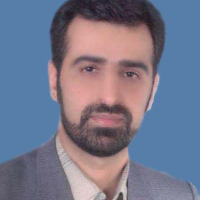Analyzing the Components of Cohesion in Surah al-Naba' Based on Halliday's Textual Metafunction Model
A linguistic perspective on the Noble Qur'an opens new horizons in Qur'anic Studies. The theories of Michael Halliday, a prominent figure in functional linguistics, have garnered significant attention from many linguists today. Halliday identifies three primary metafunctions within language: the ideational, the interpersonal, and the textual, which correspond to organizing three layers of meaning. This study, using a descriptive-analytical method, revisits the discourse analysis of Chapter 78 [Surah al-Naba'] within the framework of Halliday's Textual Metafunction Theory. By examining the thematic and information structures of Chapter 78 [Surah al-Naba'] and understanding the techniques for creating cohesion, we found that the discourse in this Chapter [Surah] is structured around a question-and-answer format. Various components contribute to the cohesion of its content, and the use of these cohesive techniques—whether grammatical, lexical, or semantic—varies. The first and most important factor in textual unity and cohesion within this Chapter [Surah] is its lexical and linguistic elements, with repetition, in its various forms, having the highest frequency.
-
A Comparative Study of Verses 27 and 31 of the al-Hajj Chapter in the Quran and the Bible
Bibi Zeinab Hosseini, , Aliyyeh Rezadad *, Aliyeh Khavari
Journal of Comparitave Tafsir Studies, -
Study and analysis of the concept of literariness and its components from Adonis's point of view
Somayeh Big Ghalejoghy, Sayyed Hosain Sayyedi *
Journal of Arabic Language & Literature,



